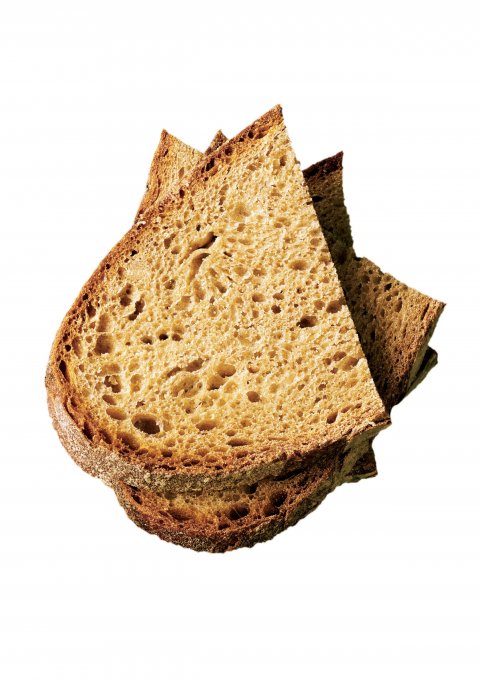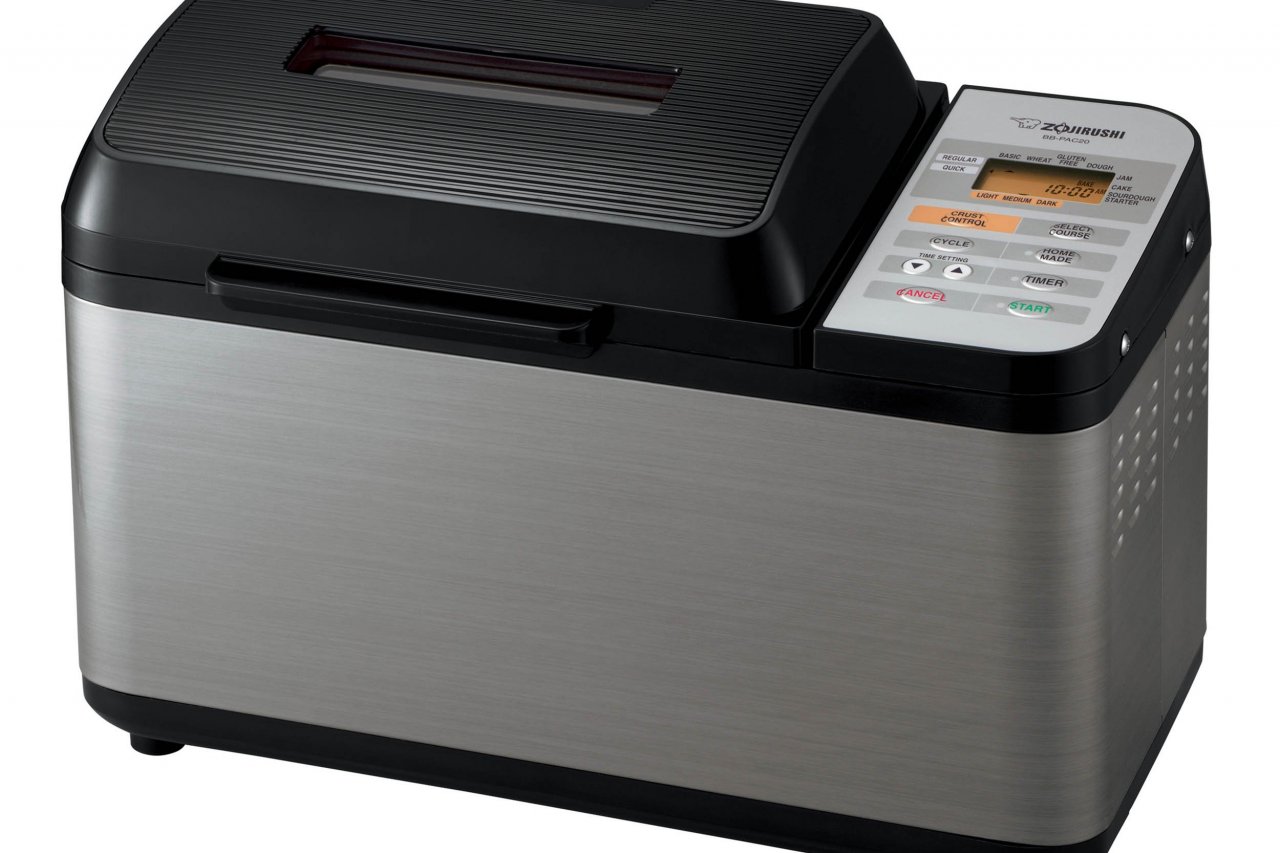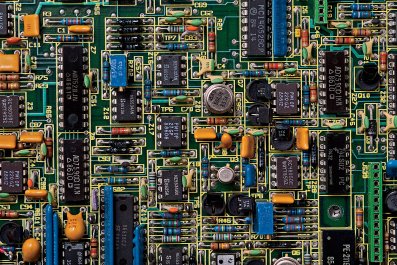The loaf of gluten-free bread looked like a dead possum and tasted like a doormat.
It had been made with kindness and concern by my friend Monica. Her teenage daughter Julia has Lyme disease, and the doctor recommended she adopt a gluten-free diet and swallow plenty of probiotics to protect her gut from all the antibiotics needed to control her illness. But wasn't it enough that she was feeling exhausted and miserable without having to eat bad bread on top of it? All the motherly love in the world wasn't going to bring that possum back to life.
Making gluten-free bread that is tasty and can't be used for a doorstop requires some alchemy. The wheat-free plight of my friend's daughter made me re-evaluate my long-harbored disdain of automatic bread makers. It seems funny to recommend an appliance that many of us, after making just a few half-hearted loaves of honey-wheat bread, end up putting in the basement, along with the ice cream maker and cake pop machine. But, lo, this is the day that the Lord has made, and there are bread machines available with a gluten-free setting.
I tested the Zojirushi Home Bakery Virtuoso in the hopes of finding a stress-free—and forgive me, Monica—foolproof method of making edible bread. The Zojirushi is not just a gluten-free bread maker. It is considered the "gold standard" of bread makers by many, including the King Arthur Flour Co. (which I would argue is the gold standard of flour makers). Gluten-free bread, while not necessarily difficult, requires a deft touch and some odd ingredients. The challenge is trying to make up for all the missing gluten that wheat flour so readily provides.

A mini-lesson in the difference between gluten and non-gluten bread is essential to understanding why a bread maker with a gluten-free cycle is useful (and why gluten-free bread can taste so god-awful). Gluten, a mixture of two proteins found in wheat, provides the structure that holds in all the lovely gasses the little yeast critters produce. (Gluten in Latin means glue.) Without the building blocks of gluten and gliadin (a protein found in wheat gluten), the yeast can withstand only one rise instead of the normal two, so the mix, rise and bake cycles are shortened. Whether by machine or hand, mixing gluten-free bread requires precision for a successful outcome.
The Zojirushi made short, efficient work out of the process. It took longer to scan the shelves of my local Whole Foods for the odd ingredients that go into the gluten-free bread than it took to measure the ingredients and pour them into the machine. Instead of wheat, the recipe called for brown rice flour, potato starch and xanthan gum to approximate wheat flour. I spent about five minutes measuring ingredients, selected the gluten-free cycle with a medium-brown crust and left the Zojirushi to do the work.
Two hours and 25 minutes later, my house smelled like a cliché: The beautiful, heartwarming, unmistakably inviting smell of baking bread was in the air. I used a flashlight to peek through the small glass window into the bread machine. Inside was a perfectly risen, light-brown loaf. There was a large, jagged crack across its surface—which is often the case with gluten-free breads made in the bread machine—thanks to all those escaping yeast bubbles. The bread was a little pale and wan-looking on top, but it was unmistakably bread. (I tried misting it with water on my second attempt, a trick I learned from Bryce Shuman, the head chef—and accomplished gluten-free baker—at New York's three-star Betony restaurant, and the top emerged a more appealing shade of brown.) The crumb was dense and it was moist—a miracle in gluten-free baking. I was put off by a slight aftertaste of the bread plain, but when it was toasted and buttered, its texture was light and tender. This gluten-free bread may be tops in its class, but it still needs butter to make it truly delicious. Ach, but what doesn't?
Beyond the machine's ability to make gluten-free bread, the Zojirushi proved itself a worthwhile addition to my kitchen. I made wheat breads in the machine as well and was impressed with its ease of use and the reliably delicate-on-the-inside and crusty-on-the-outside bread it produced. The Zojirushi made me reconsider the role of the bread machine in the kitchen. It's a versatile, efficient little workhorse: There is a jam-making cycle, a self-programmable cycle for those keen enough to try their own recipes and a cake setting. Not surprisingly, the idea of dumping ingredients into the machine, taking a long, sloth-like nap and returning to find a warm cake is quite appealing. The result was a pleasantly dense, if slightly tough (damn that gluten!), lemon pound cake. Now if it could make me a cup of tea as well, that would be better than sliced bread.






























